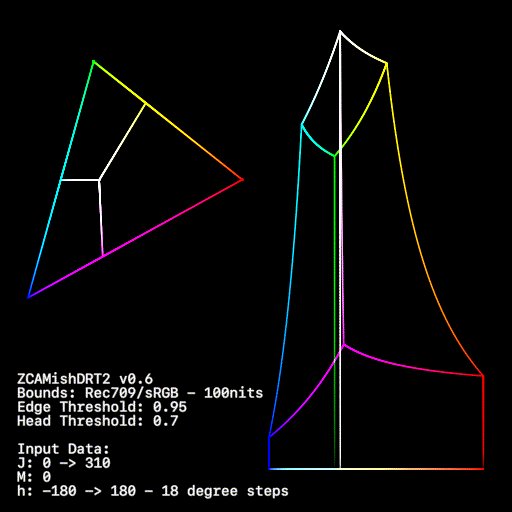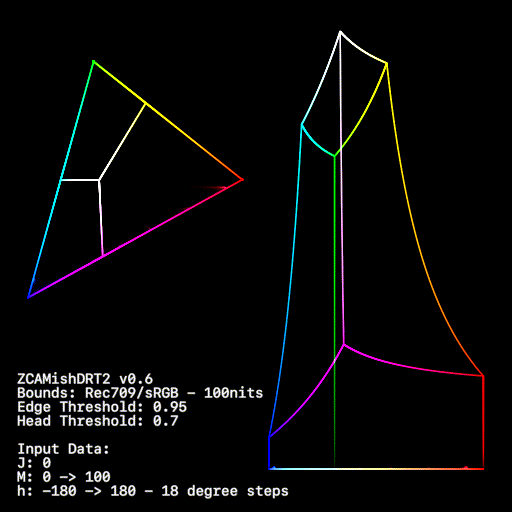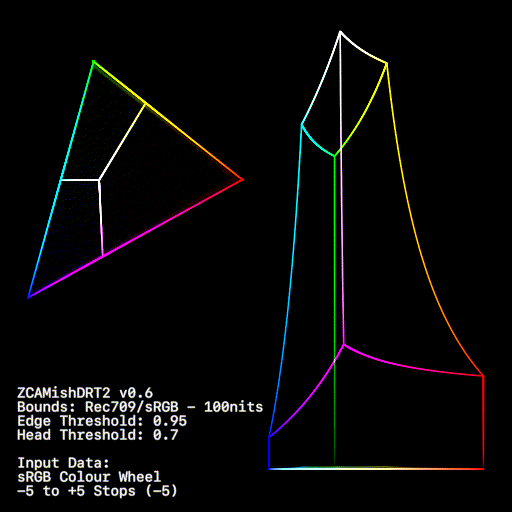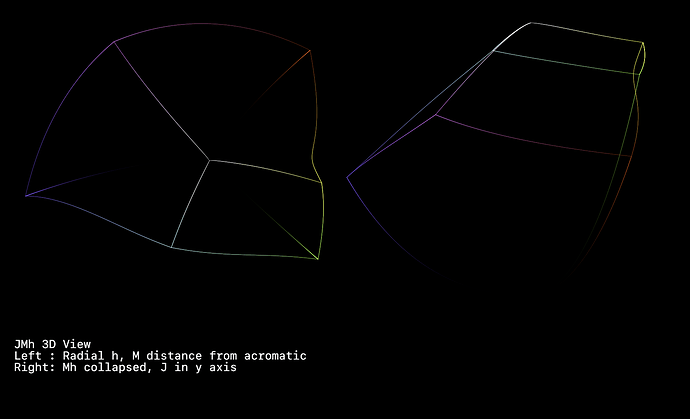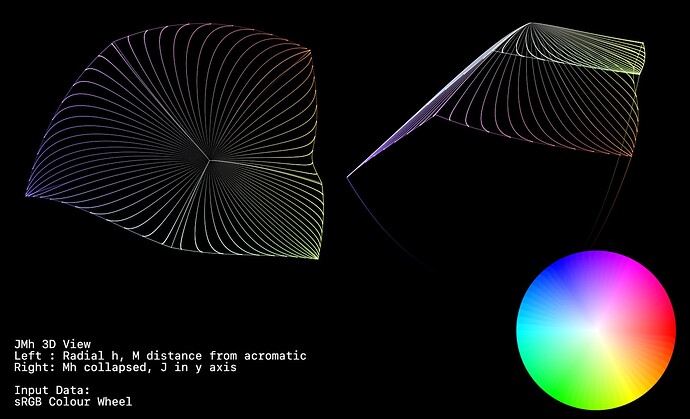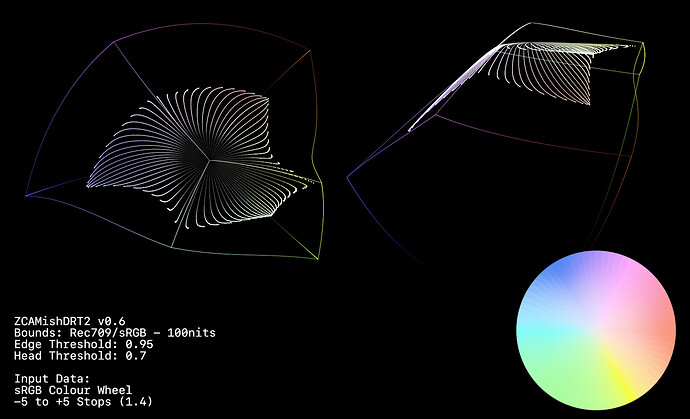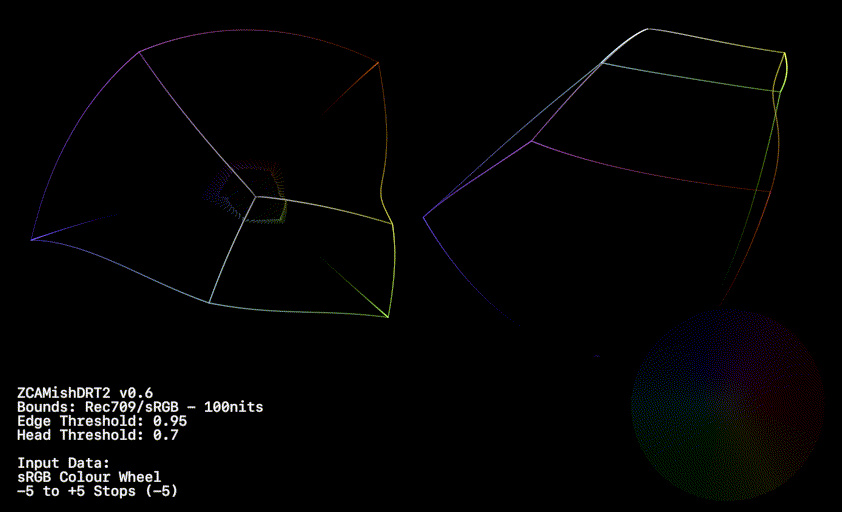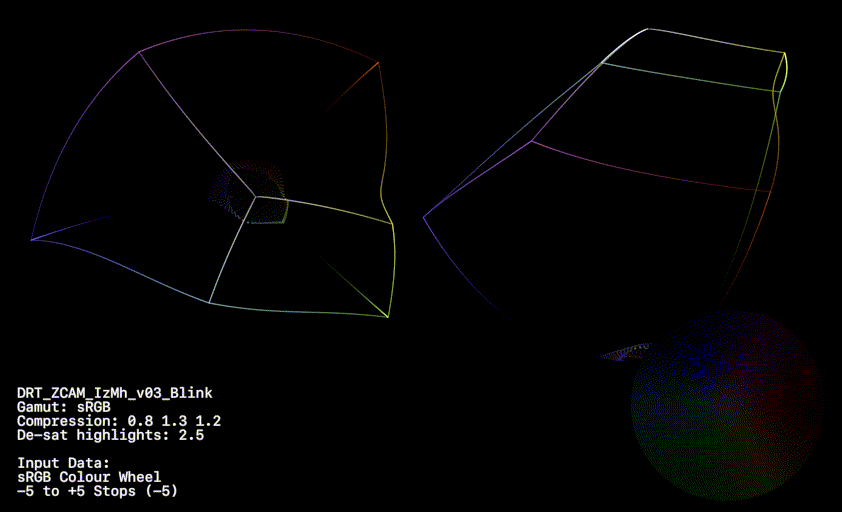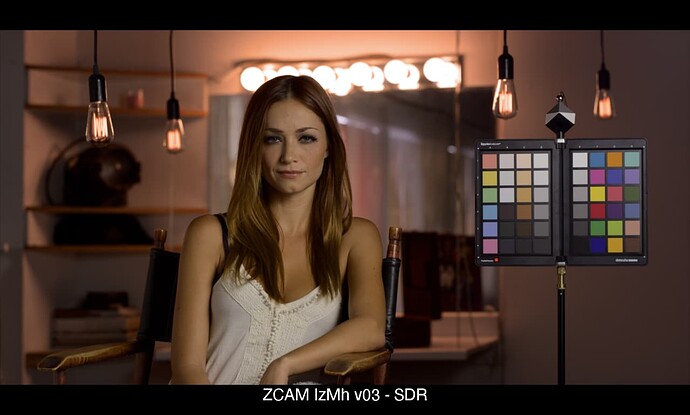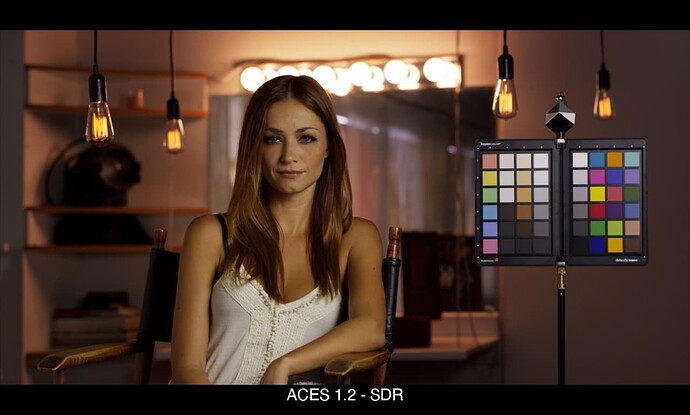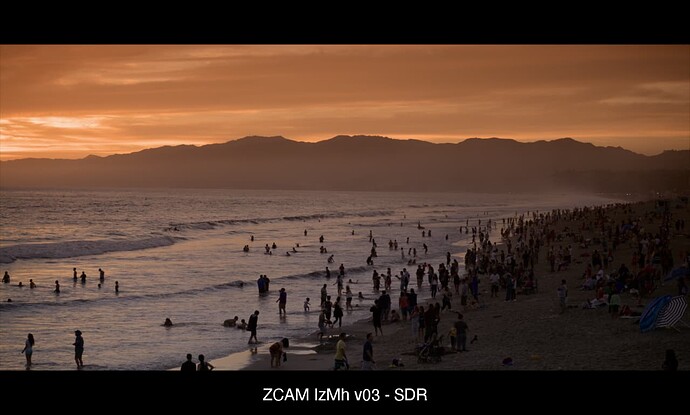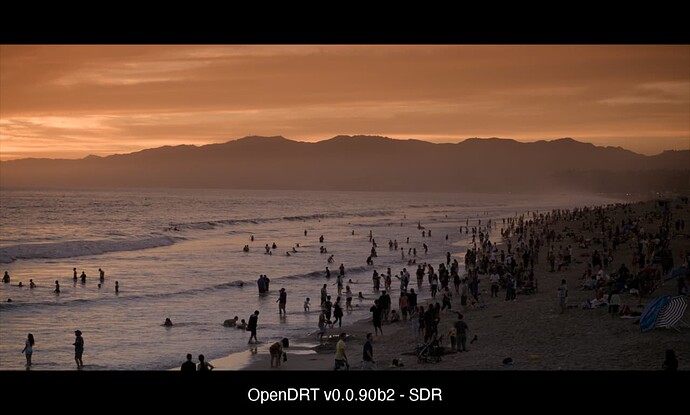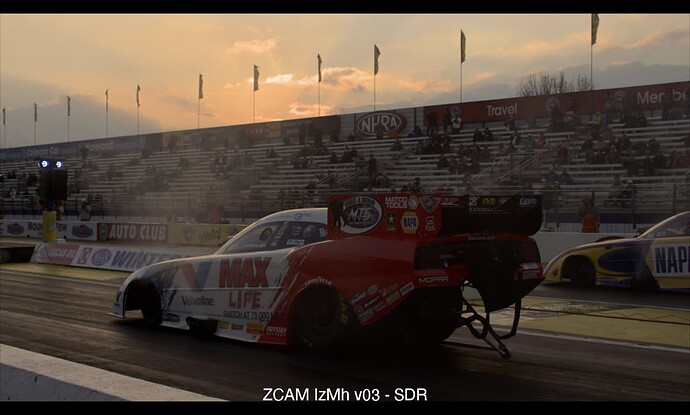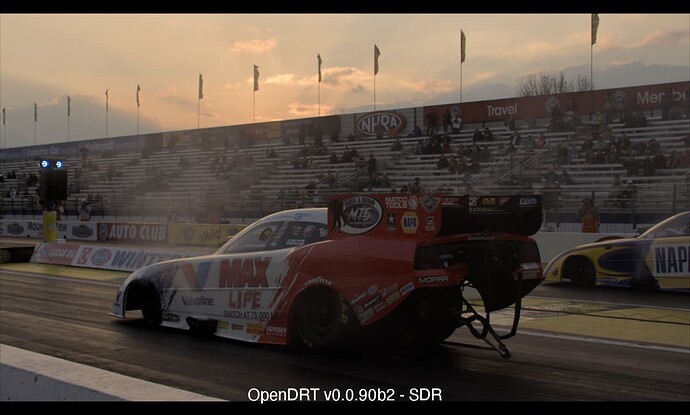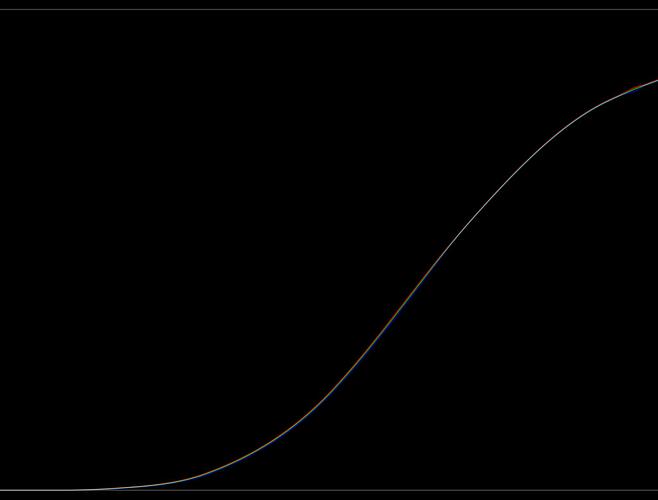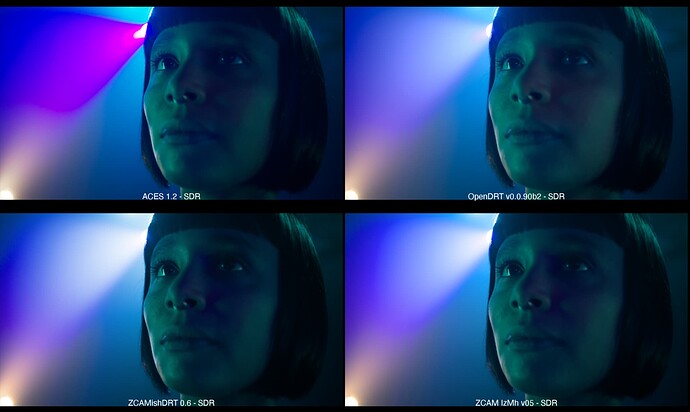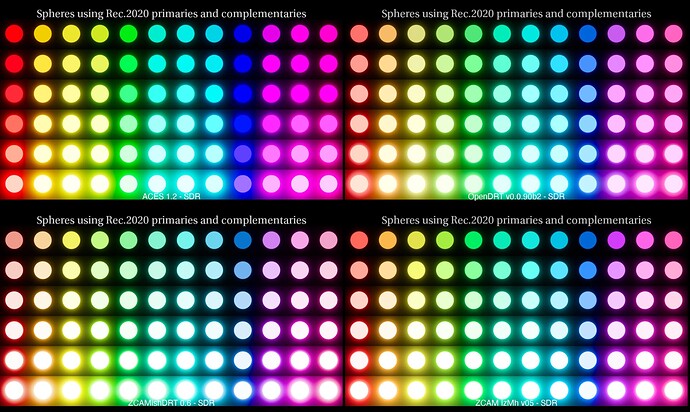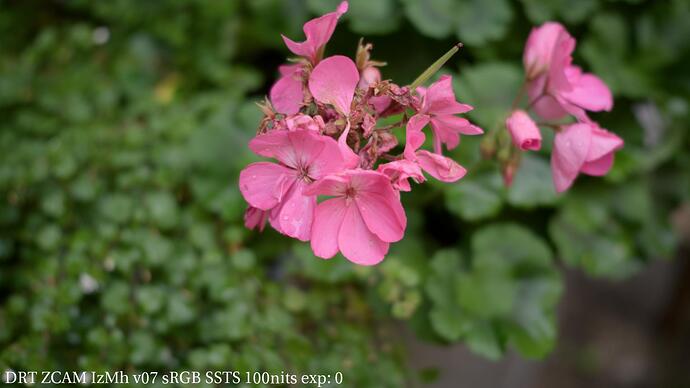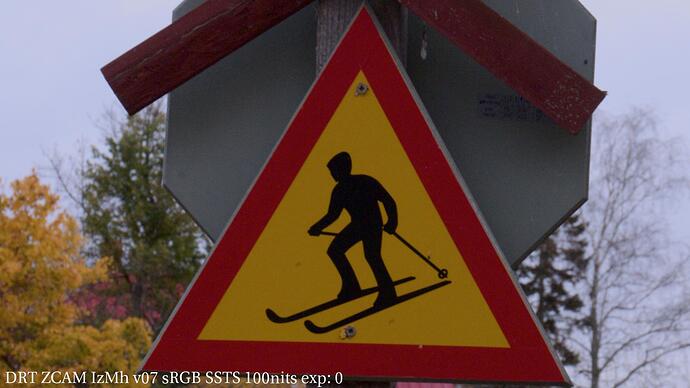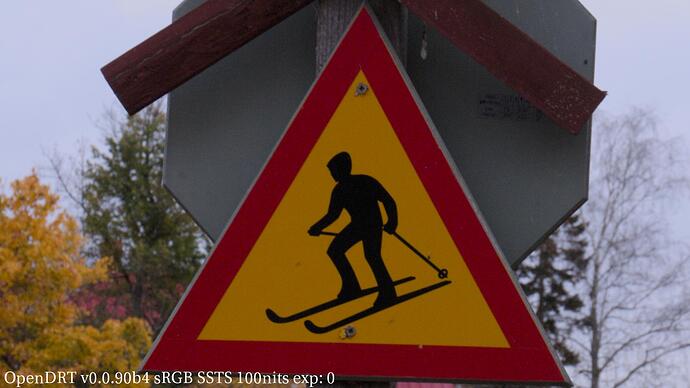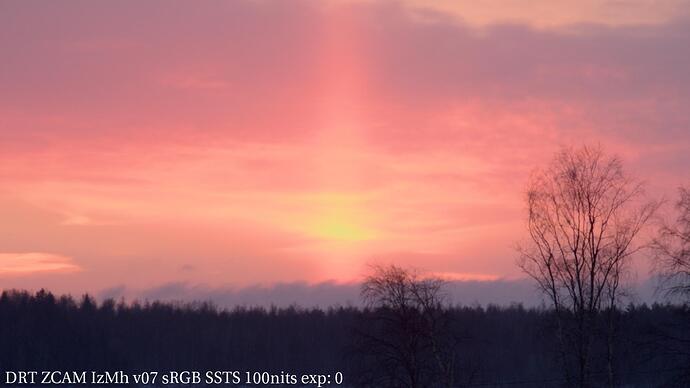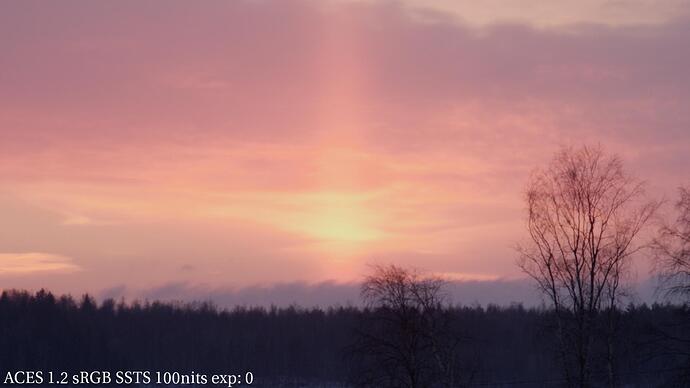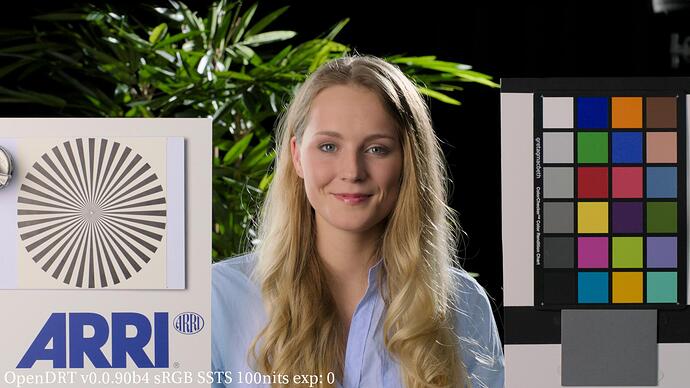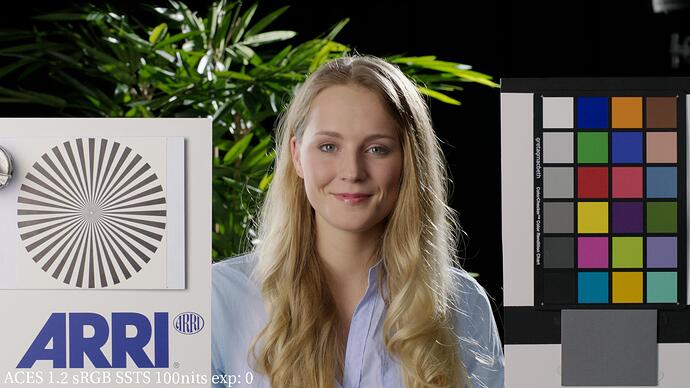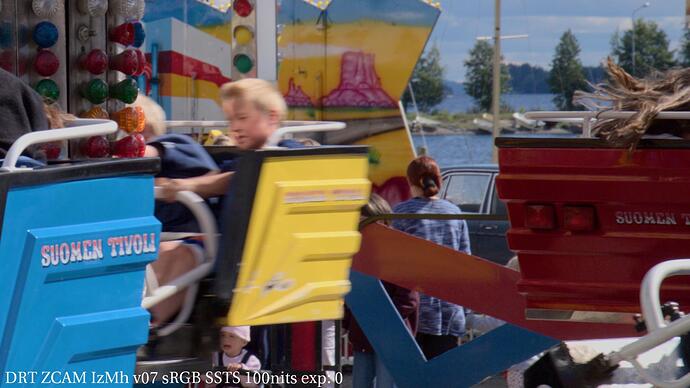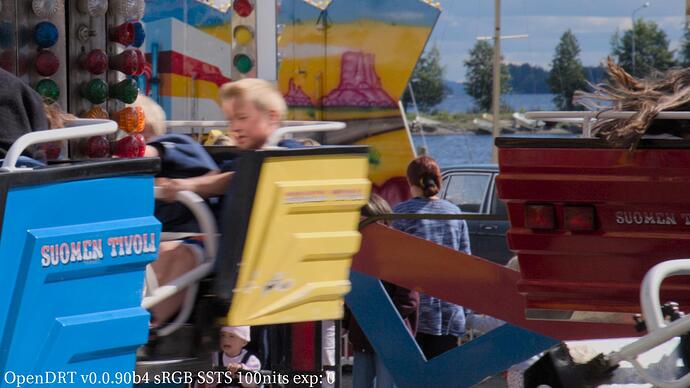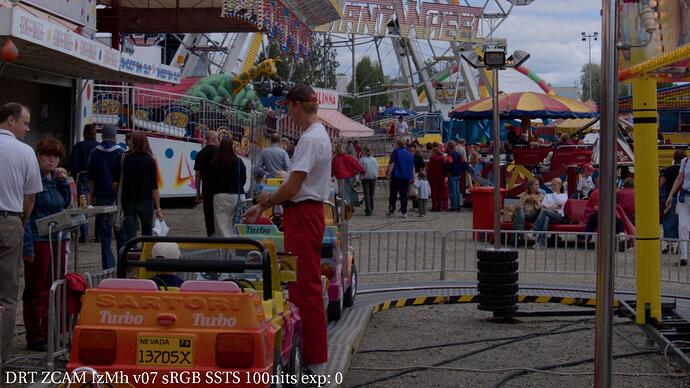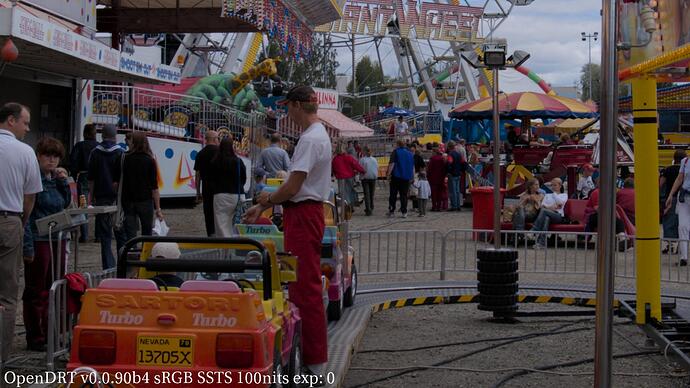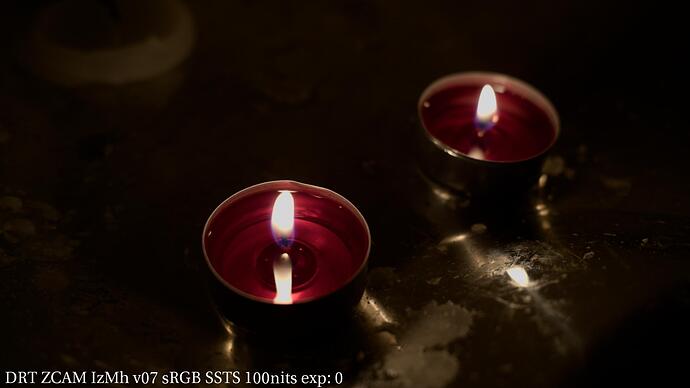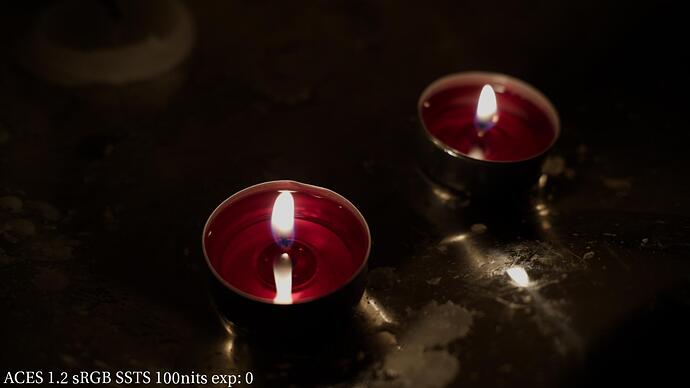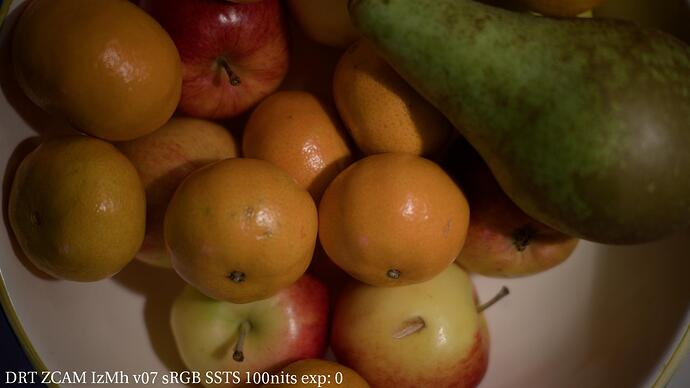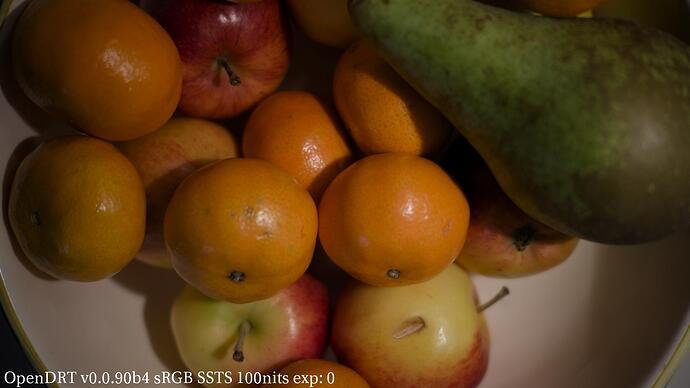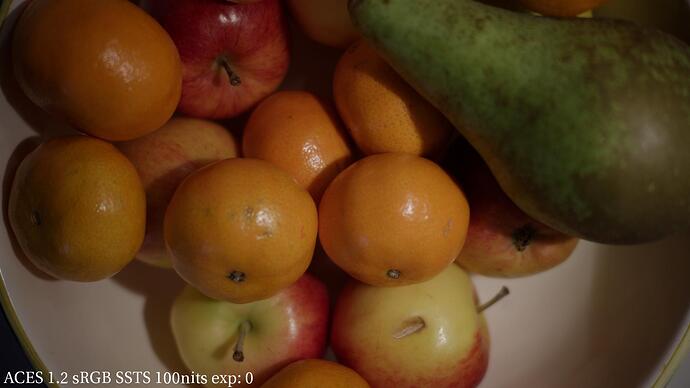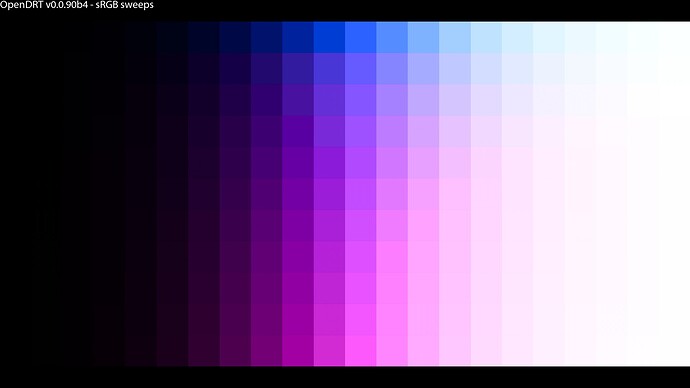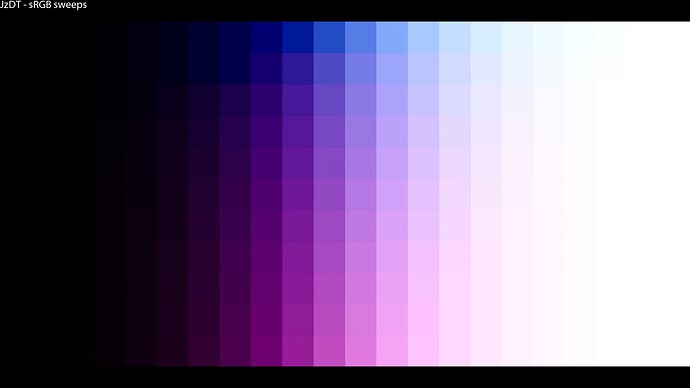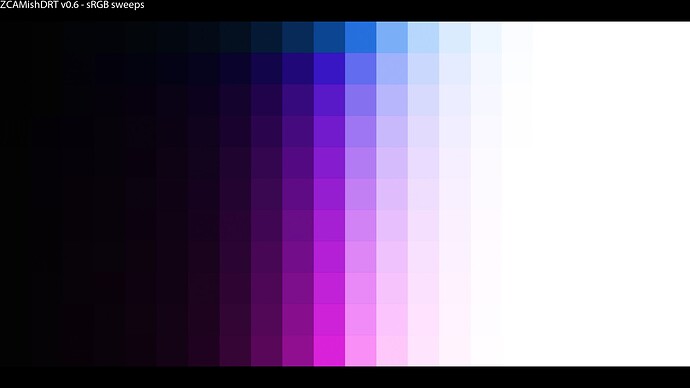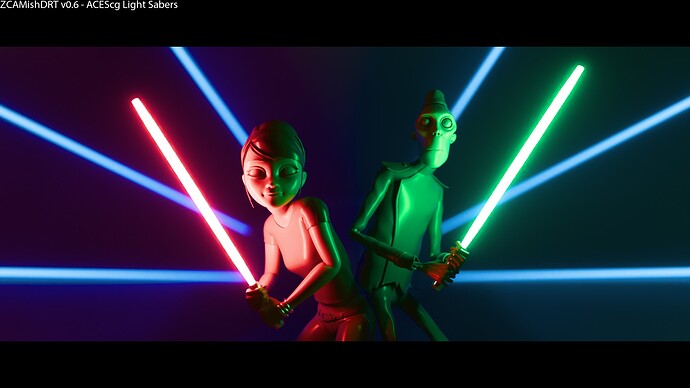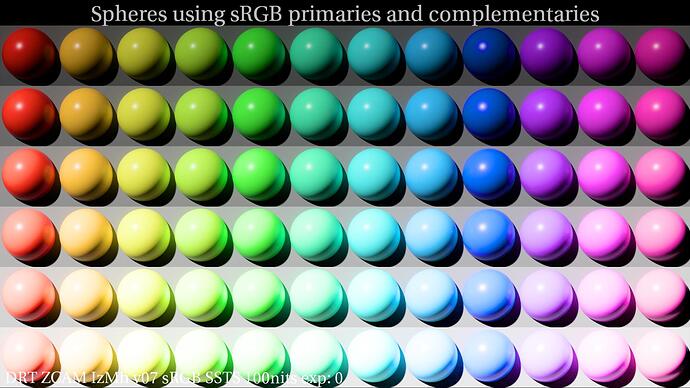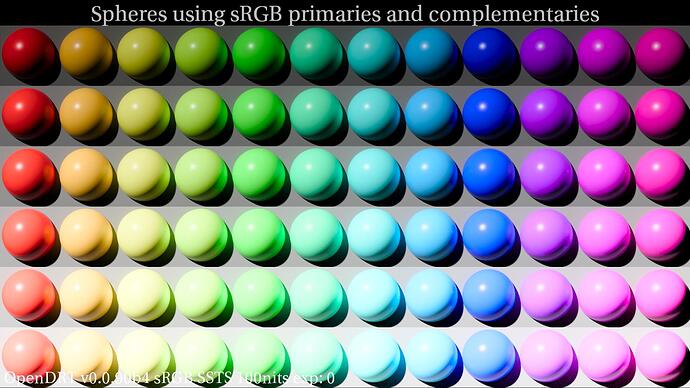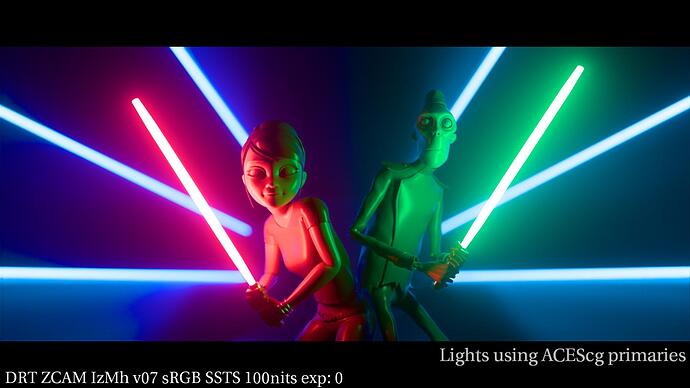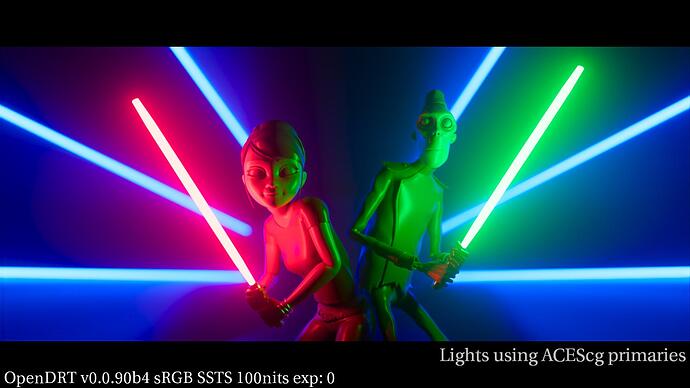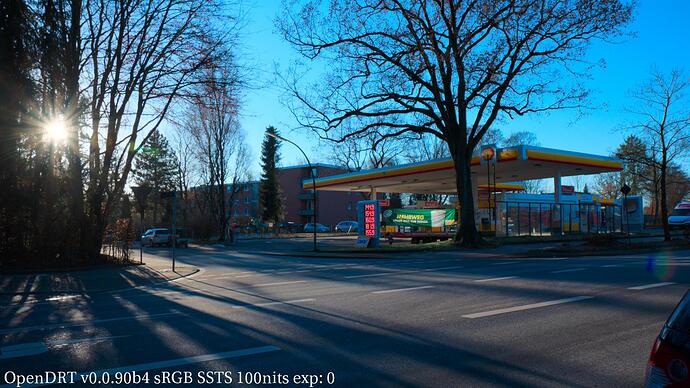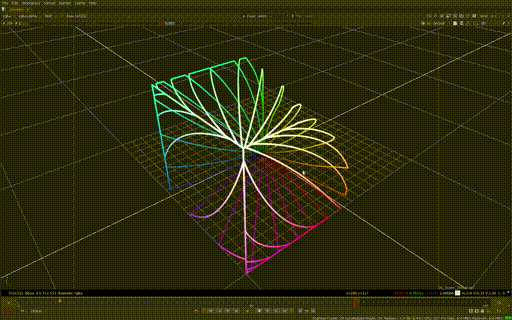Hello,
I found some time to look at our different prototypes to do some comparison. Apologies in advance for the complete arbitrary/subjective comments I am about to make.
It has been noticed in this thread some weird behaviour about blues. Here are more examples that I thought were worth sharing.
Some sRGB spheres lit by a distant (or directional) light… displayed by OpenDRT v0.0.90b4.
Some sRGB spheres lit by a distant (or directional) light… displayed by JzDT.
Some sRGB spheres lit by a distant (or directional) light… displayed by ZCAMishDRT v0.6.
Do you notice the artefacts on the blue sphere in the first row ? Here is a close-up. From left to right : ZCAMishDRT v0.6, OpenDRT v0.0.90b4 and JzDT.

I also did some test with some sRGB sweeps using constant in Nuke.
sRGB sweeps from (0,0,1) to (1,0,1) with 0.1 step increment… displayed by OpenDRT v0.0.90b4.
sRGB sweeps from (0,0,1) to (1,0,1) with 0.1 step increment… displayed by JzDT.
sRGB sweeps from (0,0,1) to (1,0,1) with 0.1 step increment… displayed by ZCAMishDRT v0.6.
I thought the first two rows with ZCAMishDRT showed some weird “discrepancies”. I would expect a smoother transition between each row. With ACEScg primaries, this behaviour is exaggerated.
And this leads me to my final observation.
sRGB Light Sabers displayed by ZCAMishDRT v0.6.
ACEScg Light Sabers displayed by ZCAMishDRT v0.6.
Going from sRGB to ACEScg primaries in this render go against my expectations. I would expect a more saturated render and it seems to actually changes hues ? Don’t get me wrong, both images look “good” but I find this behaviour quite unsettling and I am not sure how CG artists would react to that.
To me, ZCAMishDRT is not neutral, it has a look embedded in it, which does not look half bad but sets us on a different path than “Neutral DRT + LMT to make it look good out-of-the-box”. The contrast is very pronounced compared to our other prototypes which makes it look quite “filmic” out-of-the-box.
Happy holidays everyone,
Chris
